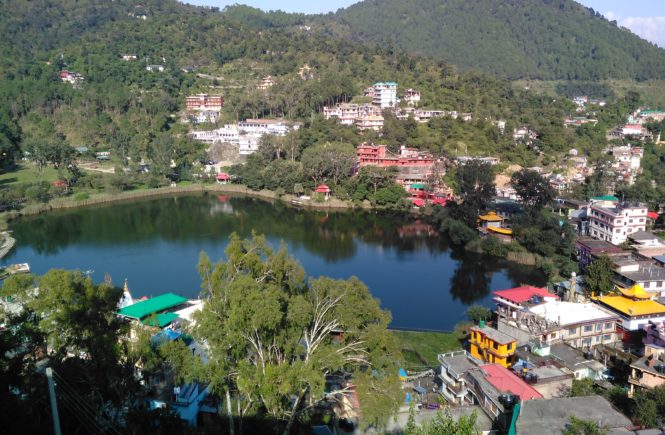I stay in Kandaghat, Shimla Hills, Himachal Pradesh (Please read: ‘Home Is Where The Heart Is – Kandaghat In Shimla Hills’). Earlier because of my job (I served as an officer in the Indian Navy and retired as a Commodore and then took up job as a Senior VP in RIL) I was able to spend only my leave holidays in Kandaghat. But, now that recently I am fully retired from all jobs, I have started rediscovering the state wherein I have lived all my life. It is possible that through my own visits, you may too discover/rediscover this state that introduces you to beauty that you may not have seen elsewhere. I was recently in Manali and met an erstwhile Austrian Martin (now Indian; he runs a watering hole and eatery by his name) who married a pahadi woman just so that he would continue enjoying the enchantment of Manali hills.
My wife’s and my visit took us this time from Kandaghat to our first halt at Raju Bharti Guest House in Gushaini (near Banjar in Manali Hills) next to Tirthan River and next to The Great Himalayan National Park, Manali Hills.
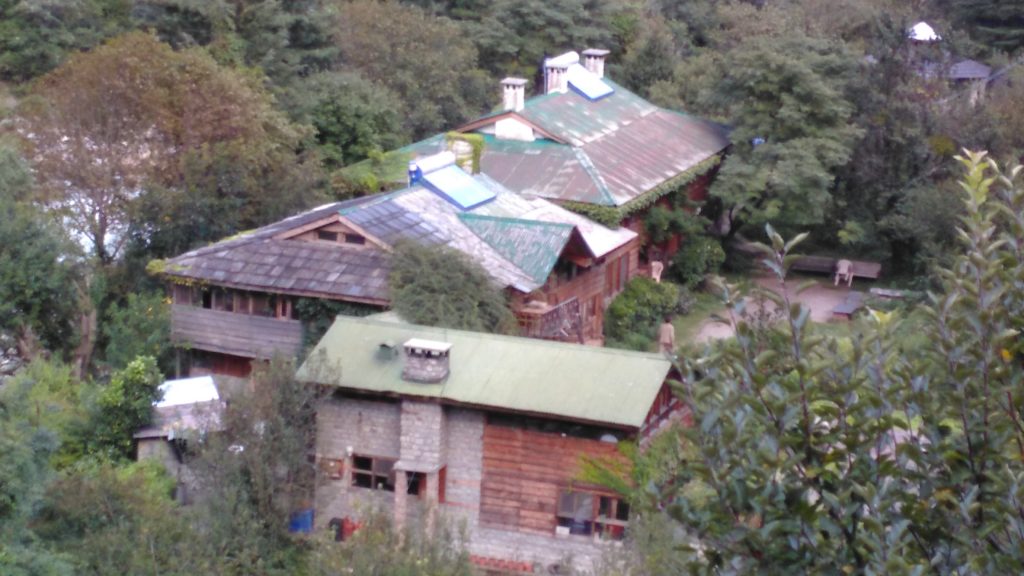
A write up about this guest house would follow later. Next we went to Manikaran to see the historical Sikh Gurudwara and Hindu Mandir co-located in the same complex there. Then we went to Manali via Out, Bhuntar, Nagger and stayed with the Army there in their Palchan Transit Camp. We visited Rohtang Pass, Solang Valley, Nagger Castle, Roerich Art Gallery, Museum, Memorial and House, the ancient Hidimba Temple, Vashisht Temples and Hot Springs. Thereafter we visited Mandi whereat I had spent seven years of my childhood from 1959 to 1966. The write-ups about all these places would follow.
Why am I starting with Rewalsar? Well, for one thing, Himachal is known as the Dev Bhoomi (The land of gods) and Rewalsar is one place wherein there is a confluence of three major religions: the Hindu, the Sikh and the Buddhist.
We took the direct 25 Kms route from Mandi, close to the school wherein I studied: Vijay High School (now Vijay Senior Secondary School). In this way we avoided the Ner Chowk way where the road is bad due to four-laning work in progress. Also, this isolated stretch of road is very picturesque:
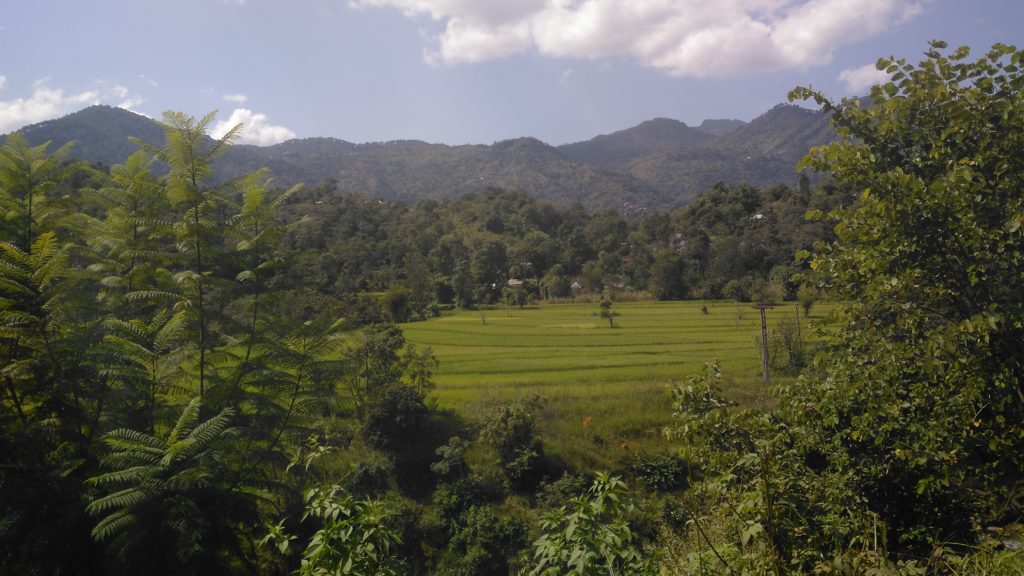
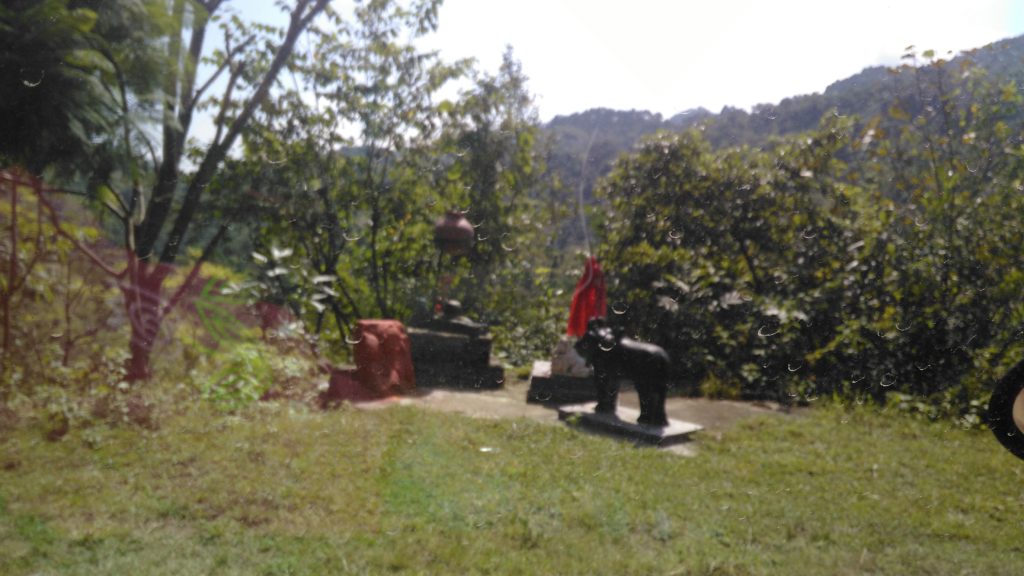
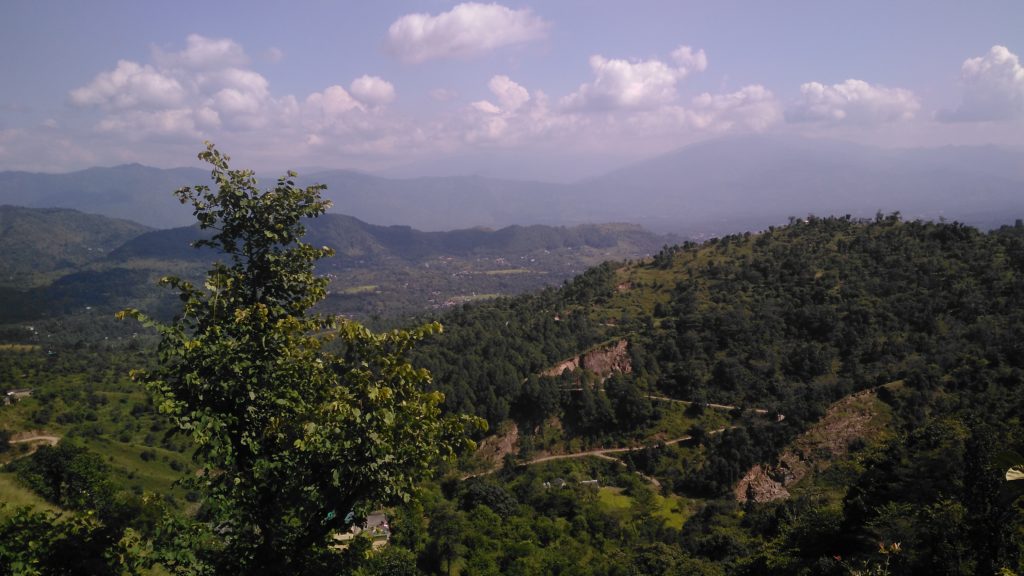
The middle picture shows you a roadside pooja (prayer) place, in the wilderness, which is the speciality of Himachal (you can pray anywhere anytime).
And soon we were there in Rewalsar (the last three letters indicating a lake). The Tibetans call it Tso Pema (though in the vidoes that I shot I mispronounced it as Tsang Po). Here is our first view of this serene, beautiful and remarkably clean lake:
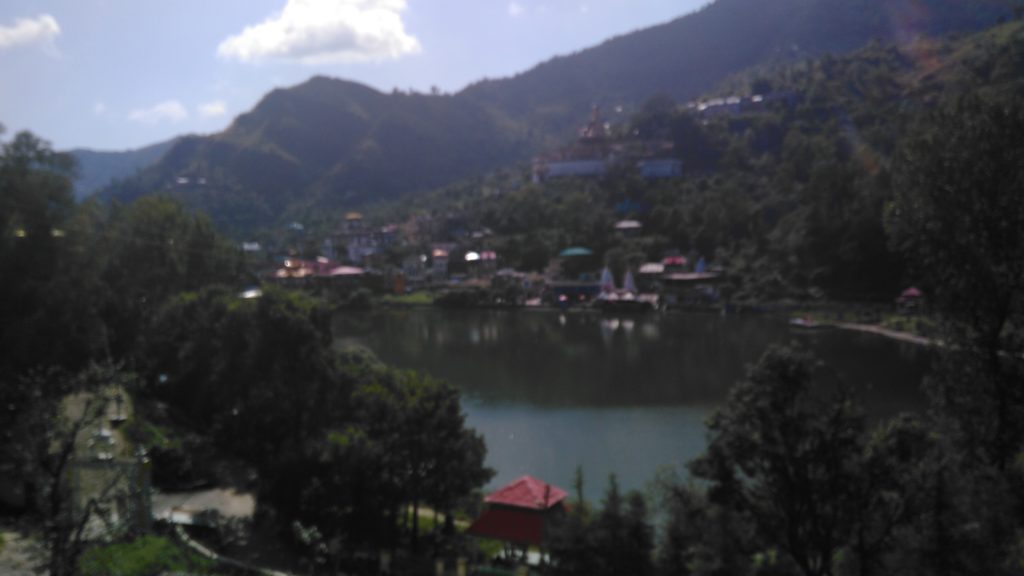
Our first stop was at the Gurudwara (Sikh Temple). This Gurudwara was erected by Raja Joginder Sen of Mandi in the year 1930 to honour the tenth Guru of the Sikhs, Guru Gobind Singh, who visited Rewalsar and stayed here for a month seeking support from the Hill Rajas in fight against the atrocities leashed on Hindus by the Mughal Emperor Aurangzeb (the cruelest of them all).
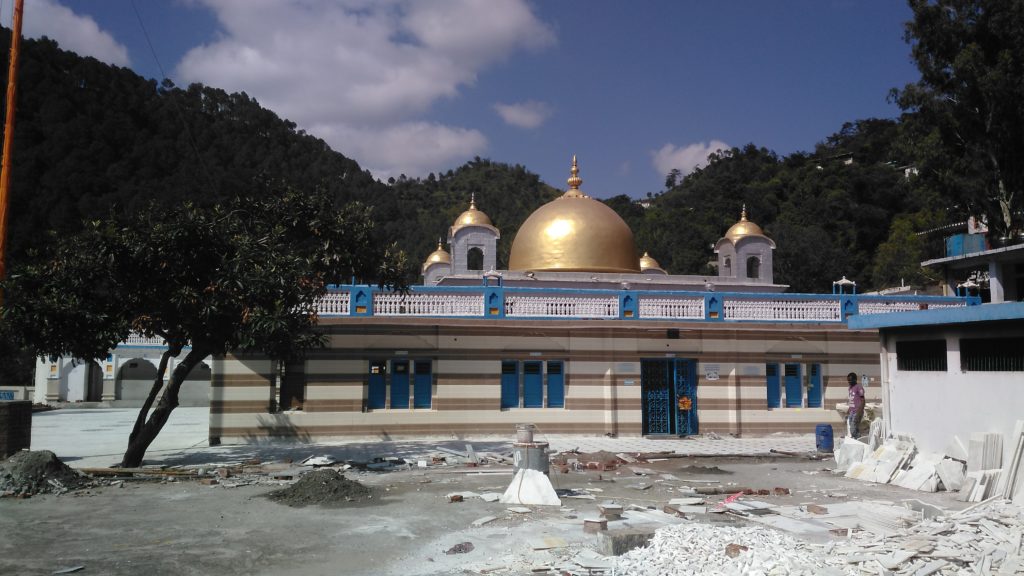
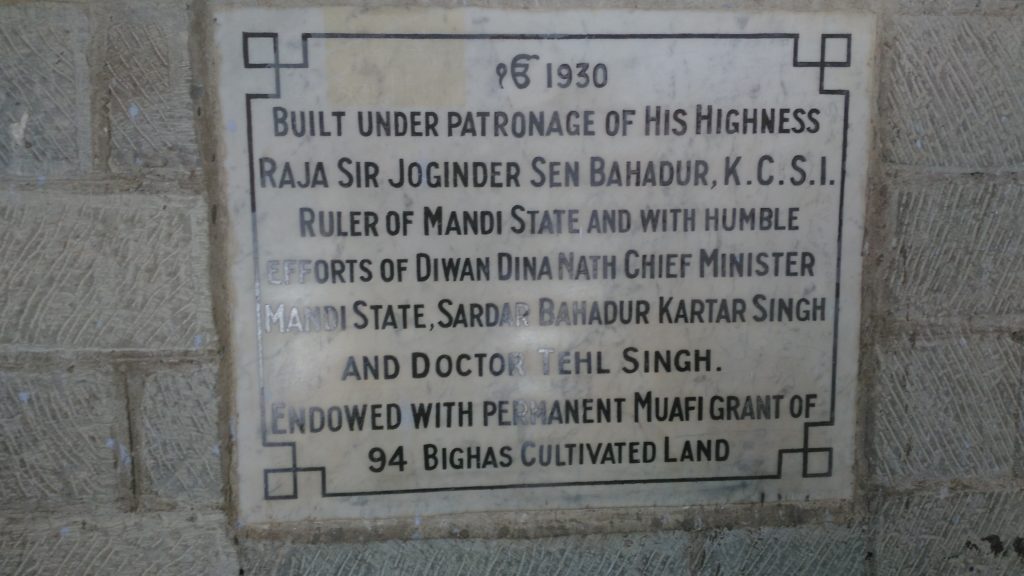
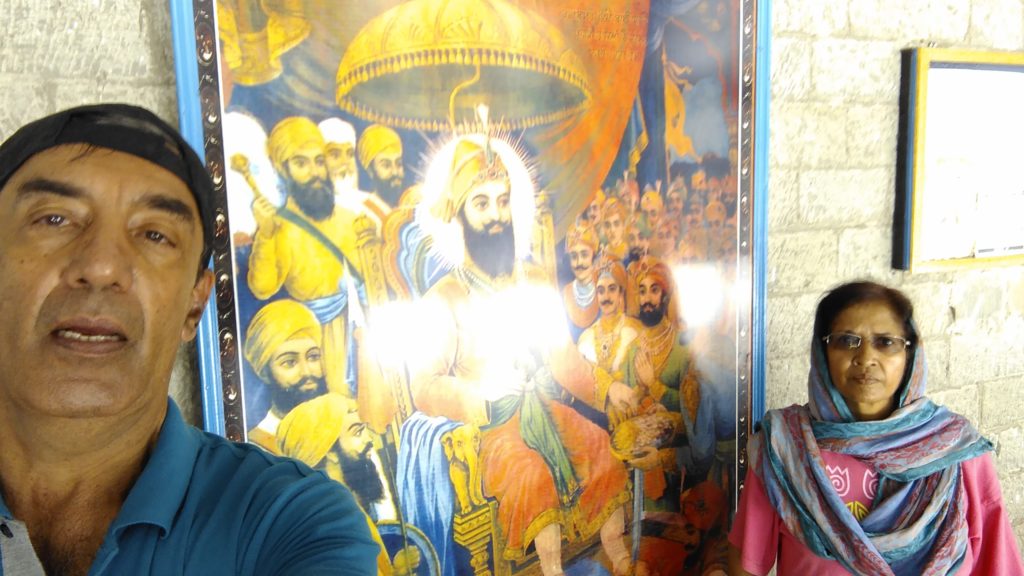
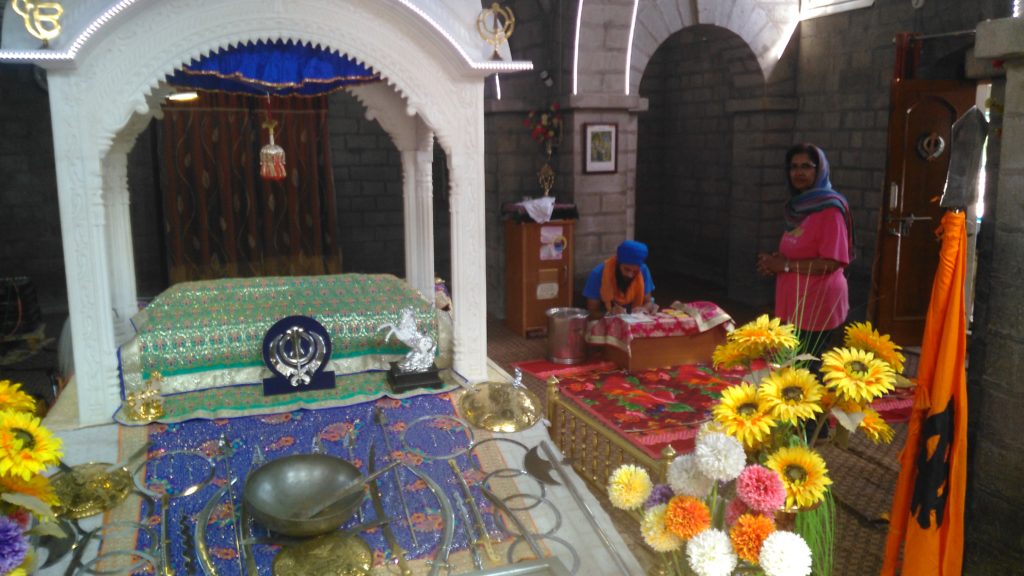
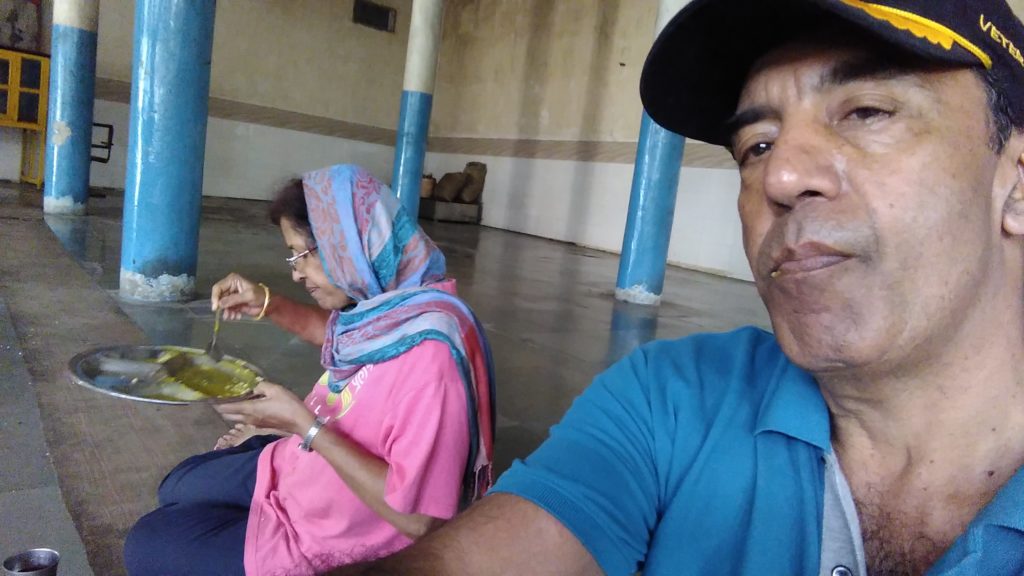
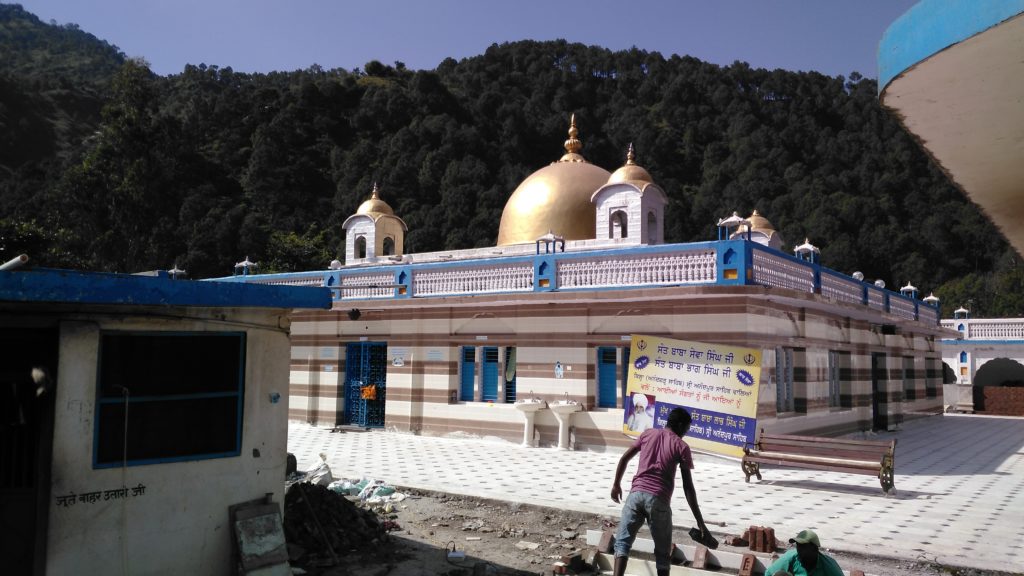
Naturally, as you would have seen in one of the pics above, we partook of the Langar (24 hours free community kitchen as per Sikh traditions).
From the height of the Gurudwara, we descended to the lake and admired its beauty:
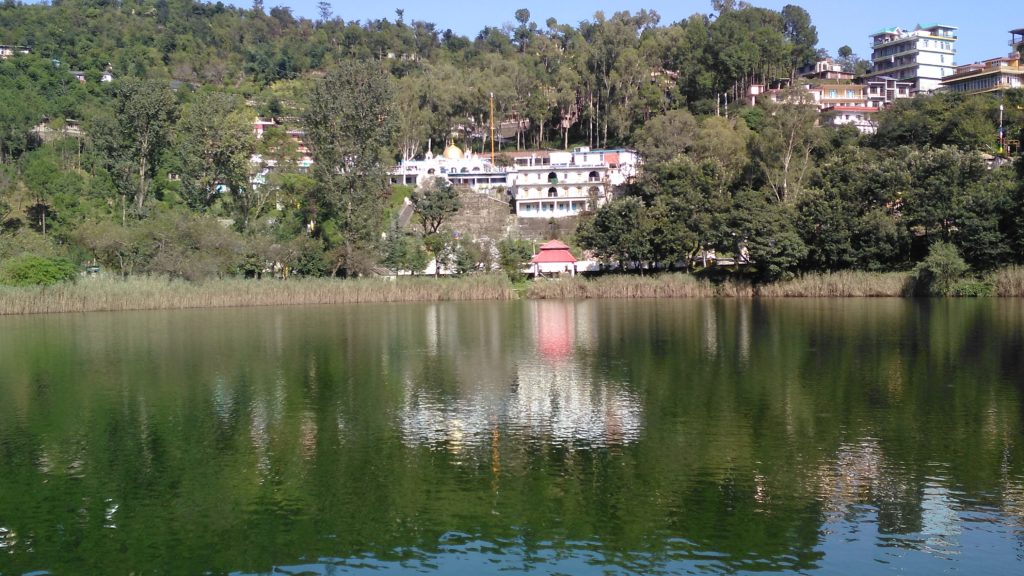
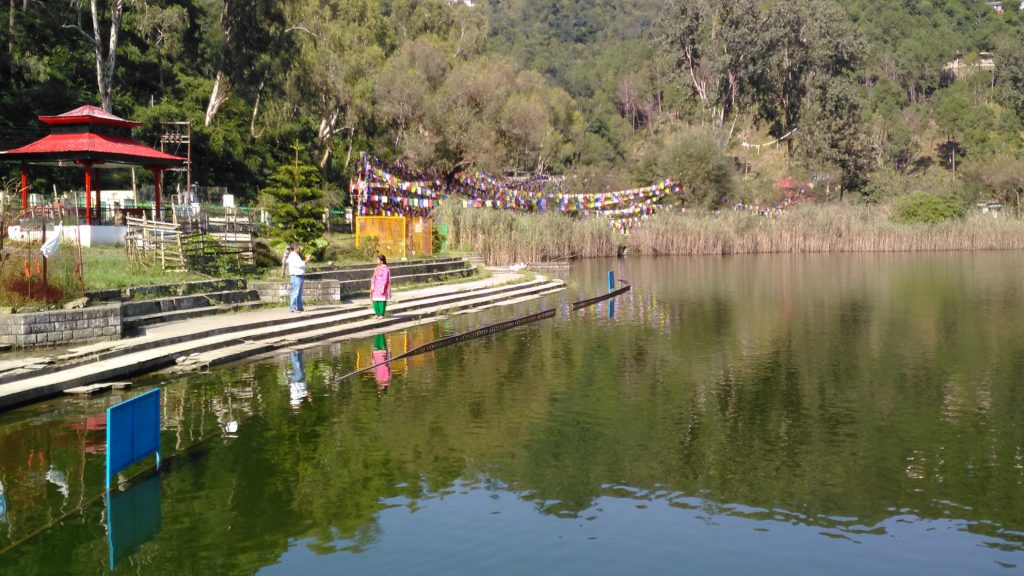
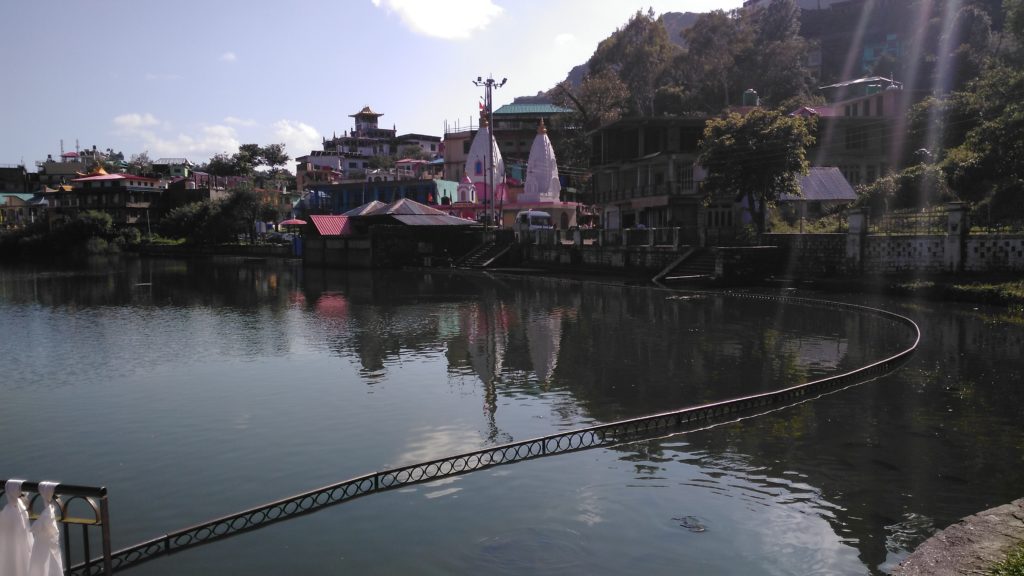
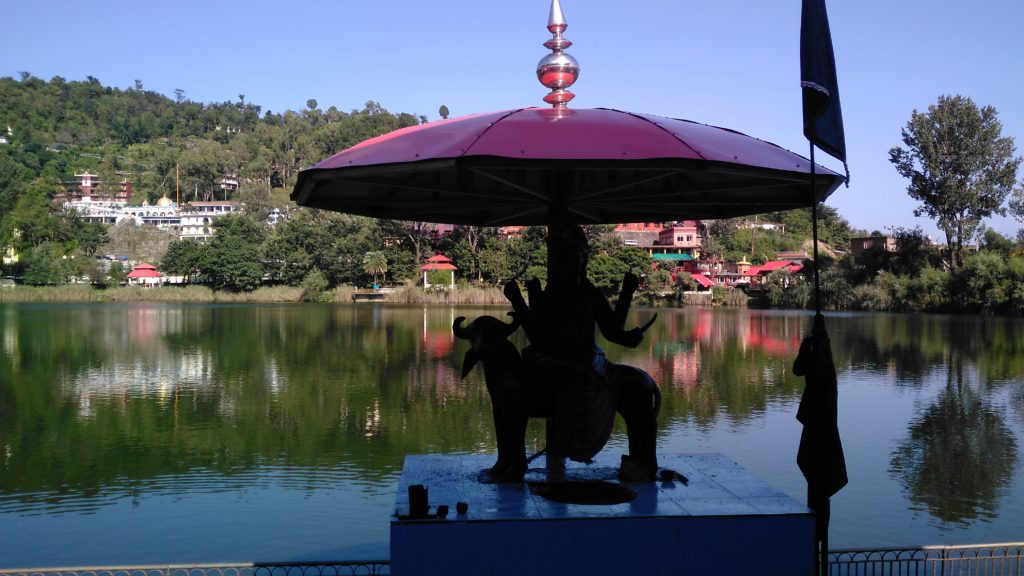
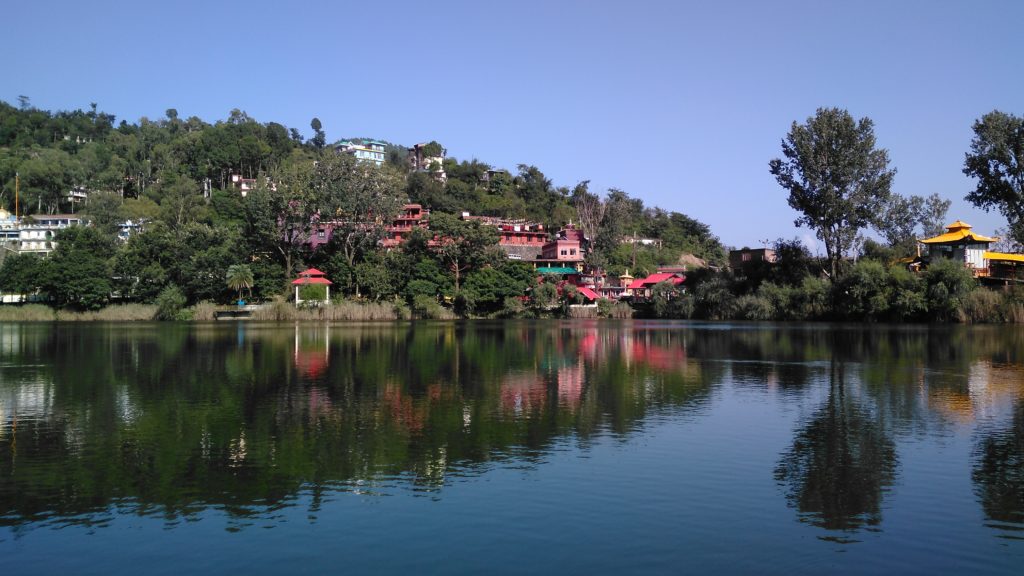
Of course, next to the lake is the Hindu Havan Kund (for performing the fire-ritual) and the Temple for the Rishi Lomush (Sage Lomush) who meditated in these hills (there are other seven lakes on the heights; but, we didn’t go there):
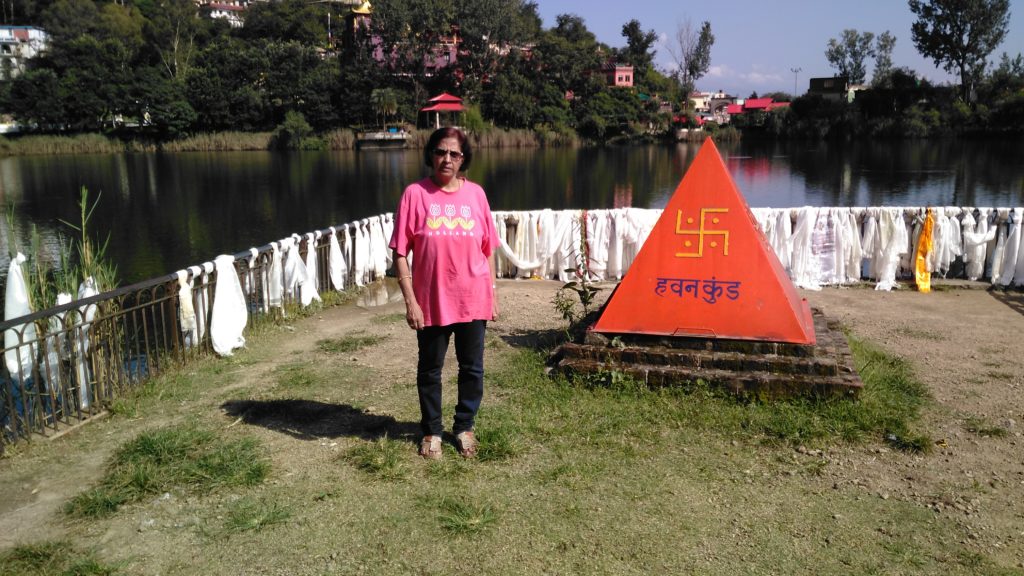
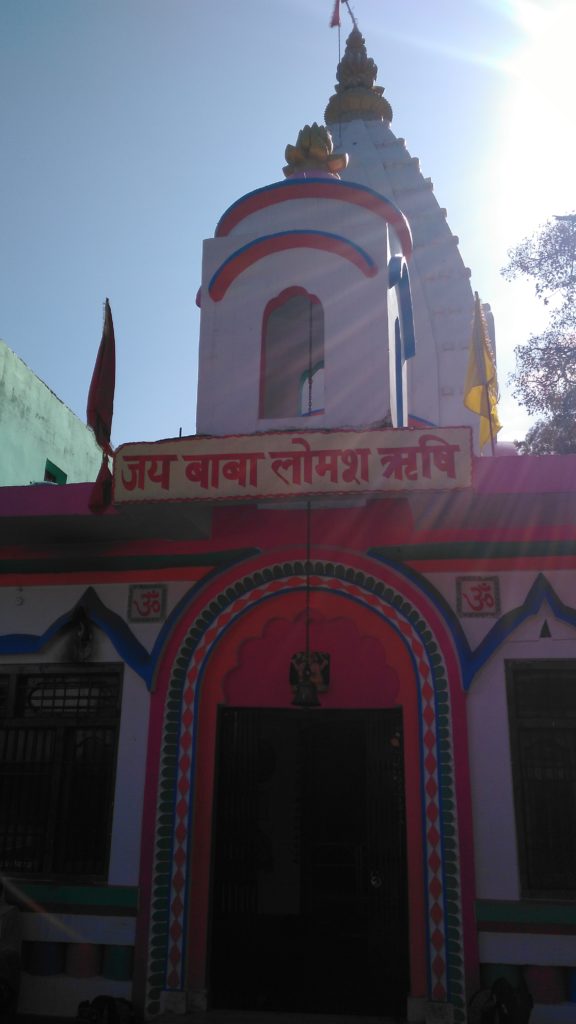
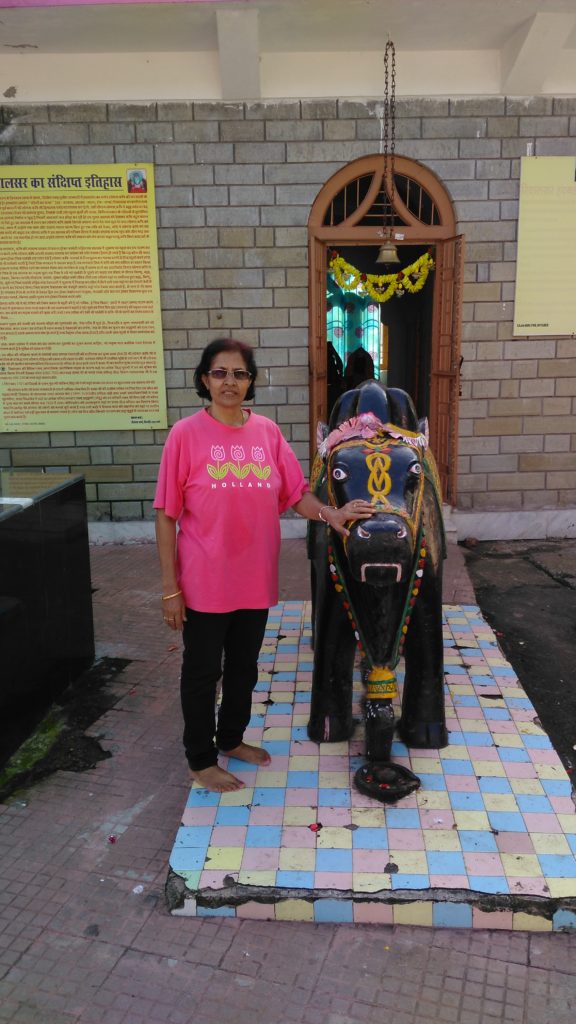
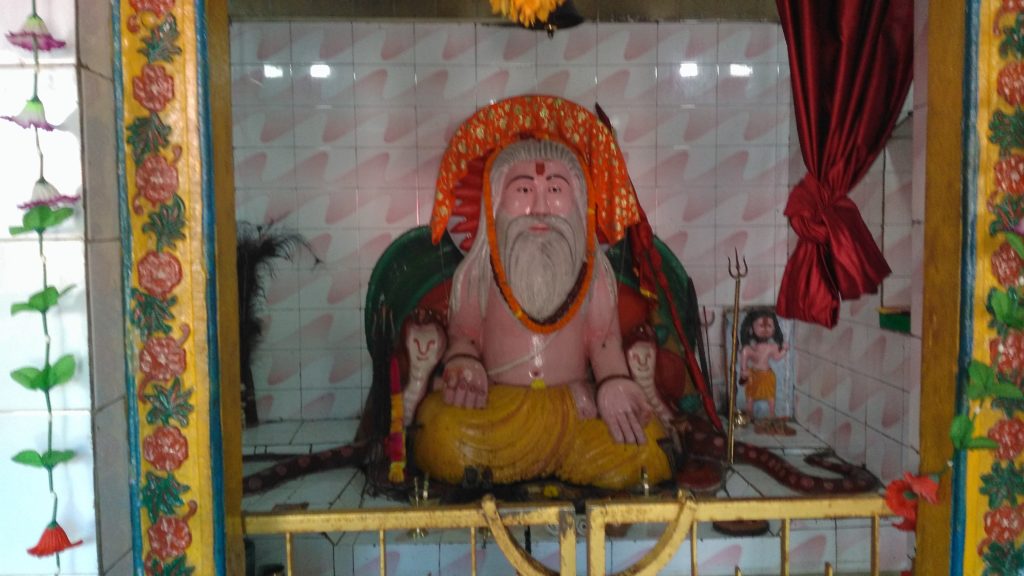
The meditation done by Rishi Lomush enabled him to be favoured by Shiva and Parvati to reveal the secrets of gods and heavens. Next to this temple are thus located the temples of Shiva and Krishna:
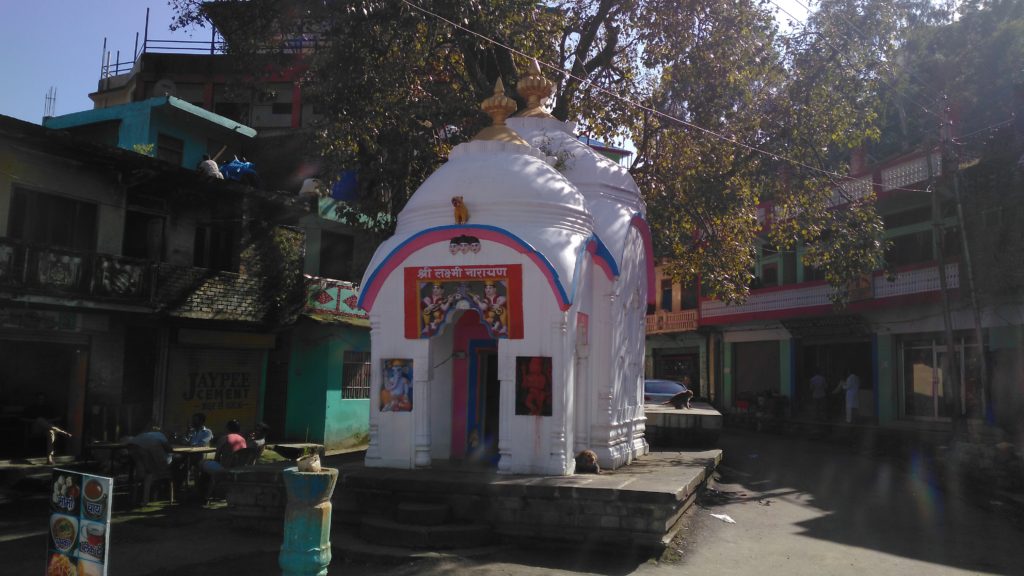
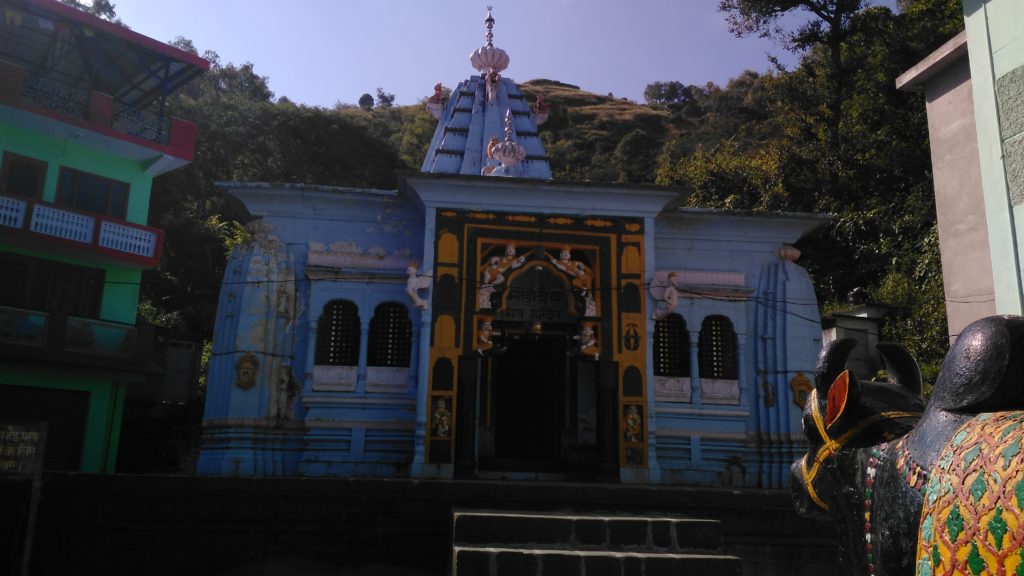
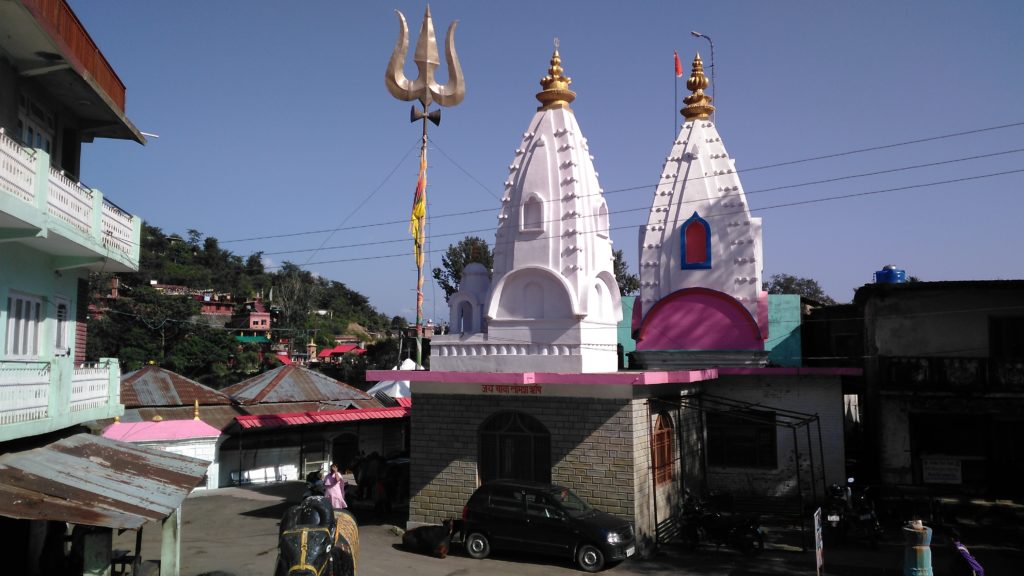
Having visited the Sikh and Hindu holy shrines, our next visits were to Buddhist or Tibetan shrines, However, before that, we climbed up to the Lake View Hotel to have a breathtaking view of the lake:
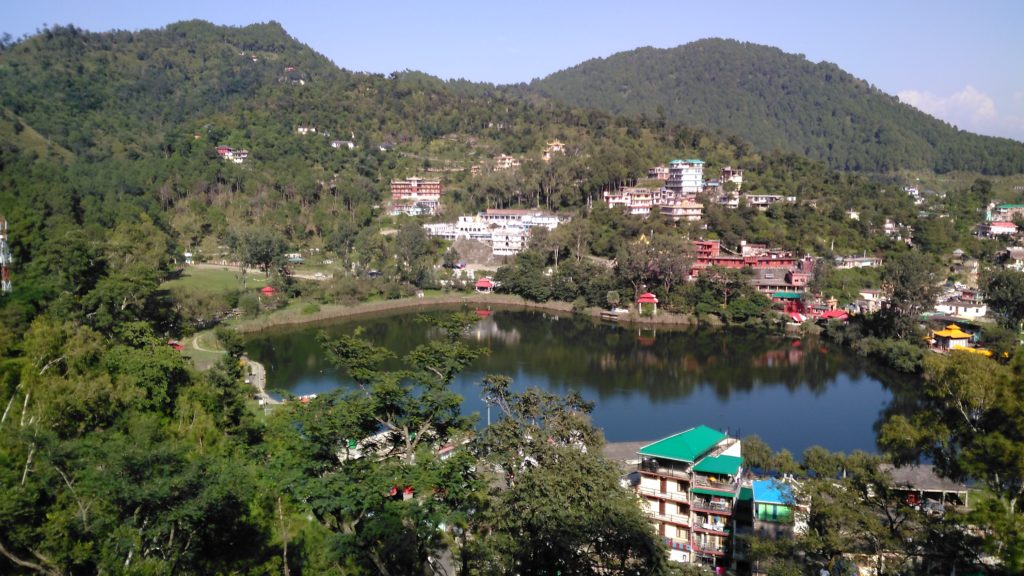
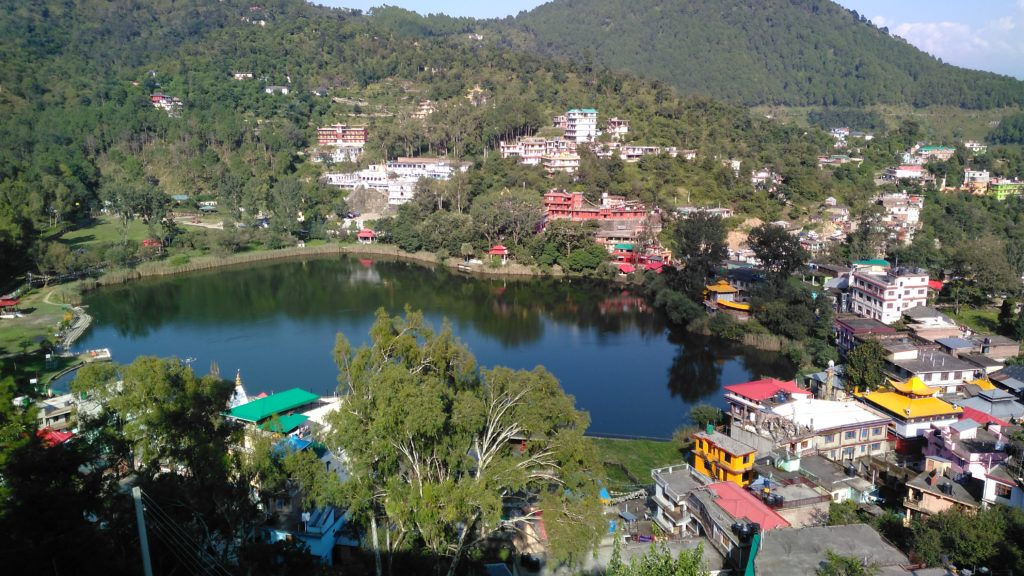
You can see various Buddhist shrines along the lake. The most prominent of this is not seen here since we were at that end. It is a huge (123 feet high) statue of Padmasmabhava (Rinpoche) that was inaugurated by the Dalai Lama on 01 Apr 2012.
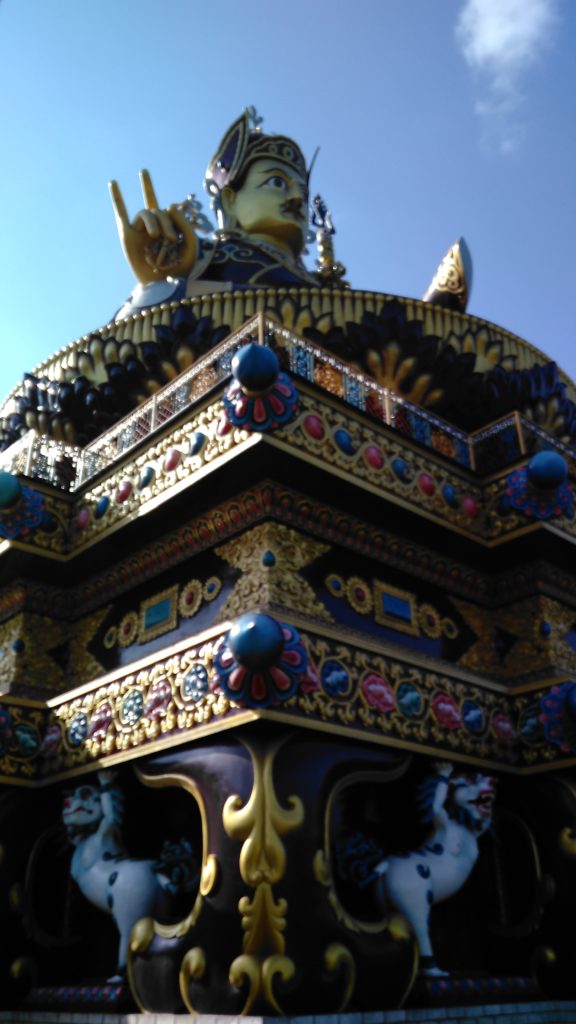
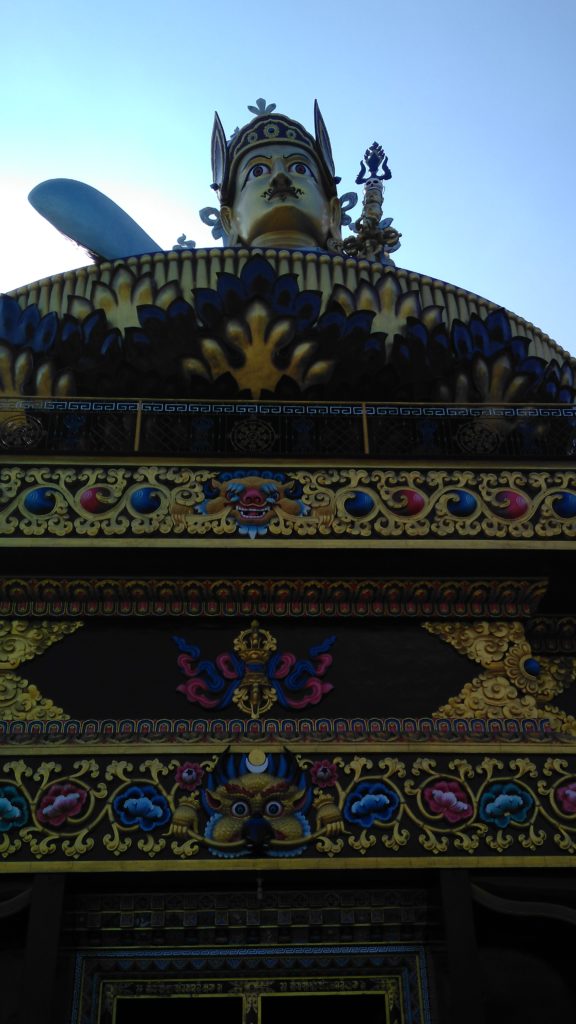
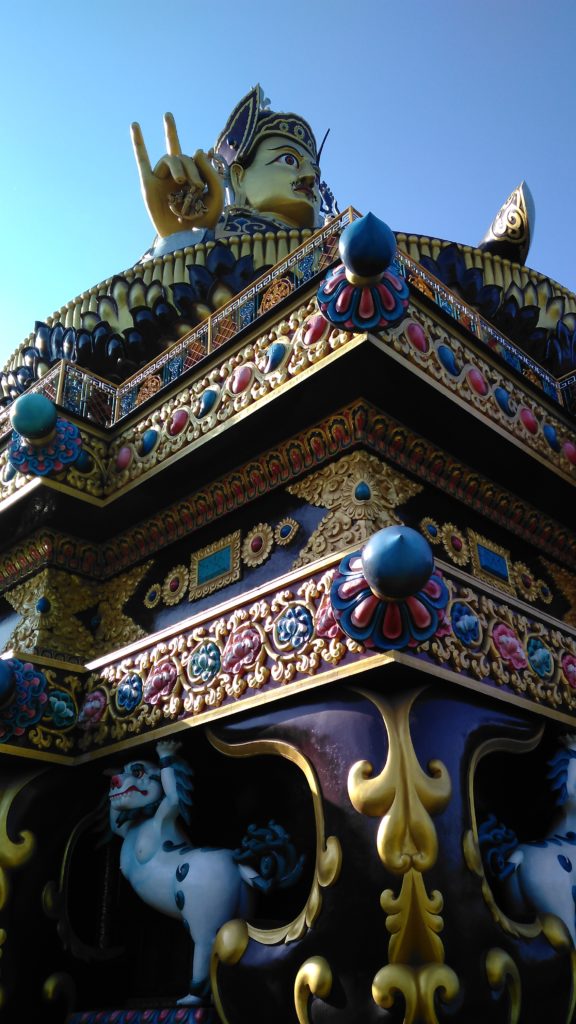
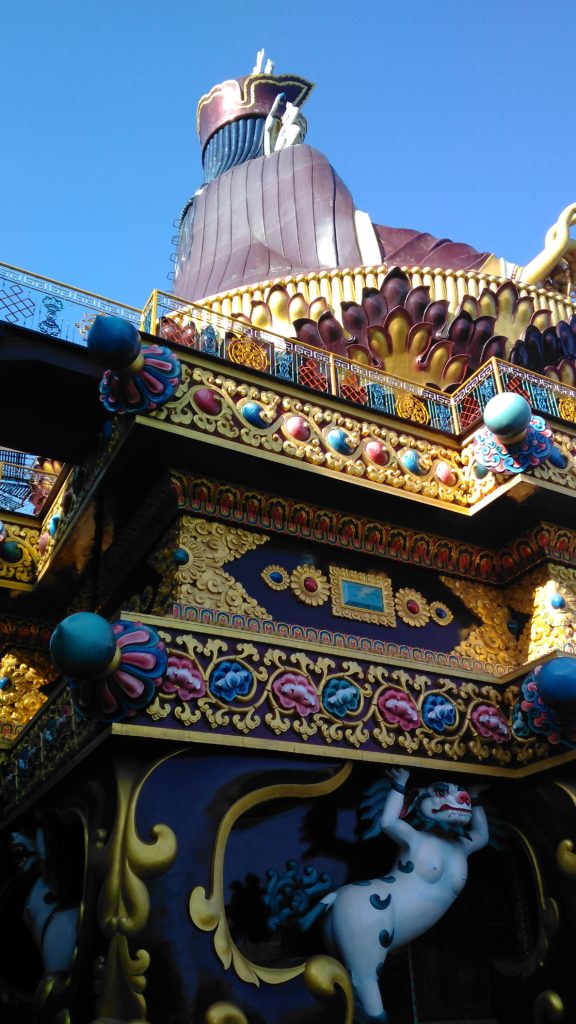
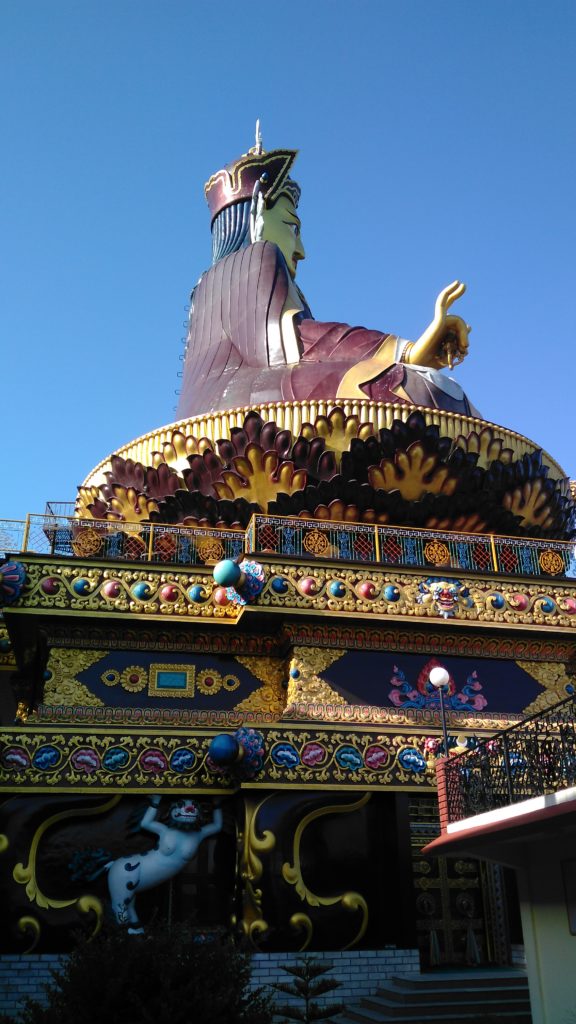
Rumour has it that the king of Mandi had Padmasambhava burnt alive on the suspicion that he had tried to convert his daughter to Buddhist ways. Even after burning for days, the Padmasambhava appeared as a boy from within a lotus in the middle of the lake.
I shall stop here now and cover the other most ornate and beautiful Buddhist shrines in the next part.
I hope I have aroused your curiosity enough to visit the place called Rewalsar and Tso Pema as the Tibetans call it.
Rest in the next part: ‘Himachal The Beautiful State, Part I – Rewalsar (Tibetan)’.
